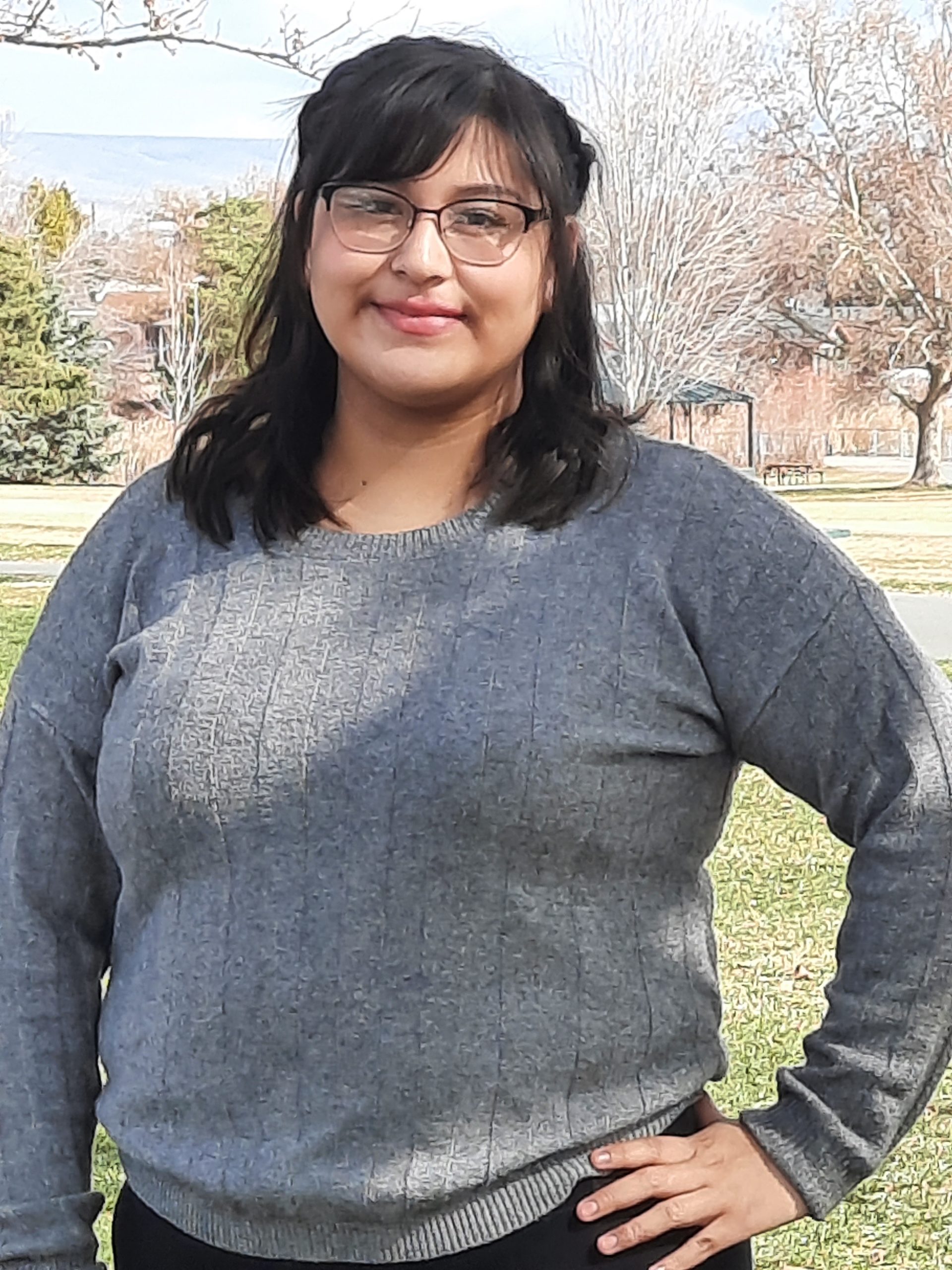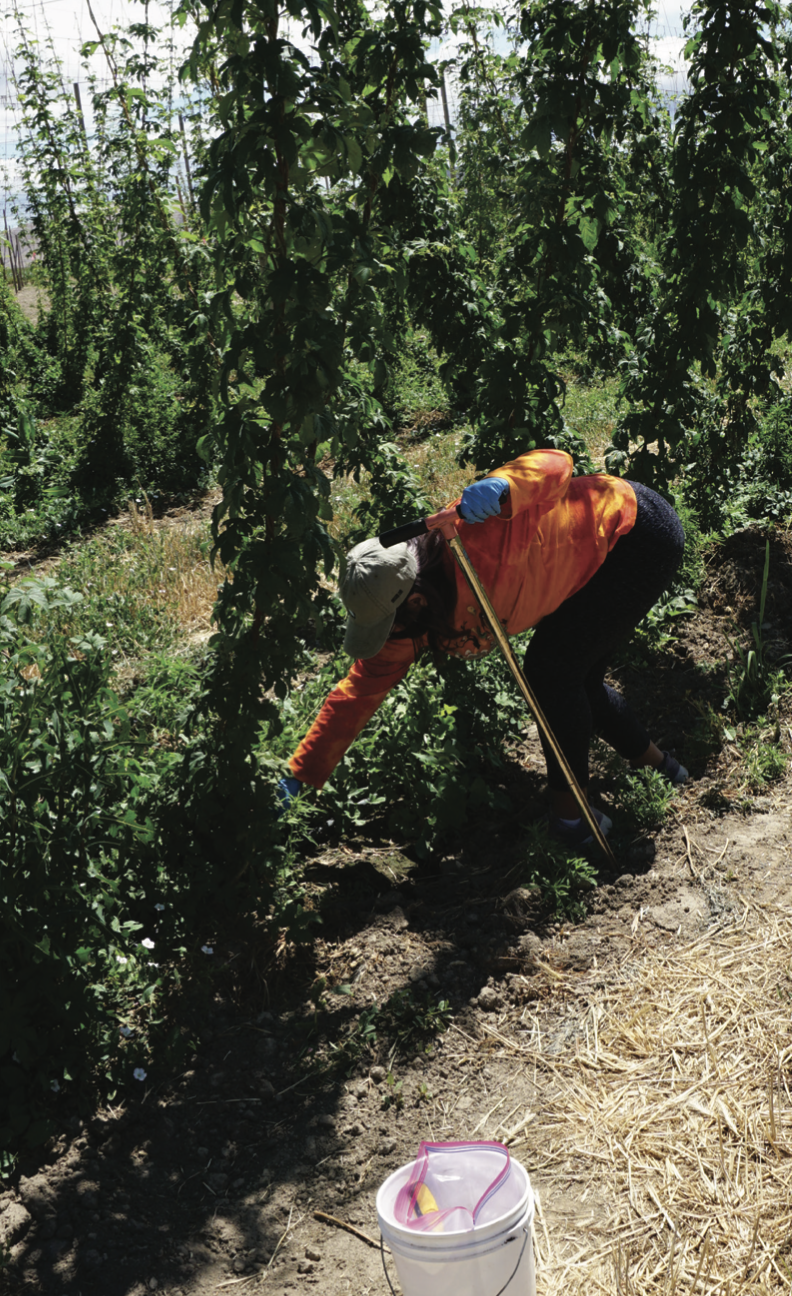Hopping into Med School
Hopping into Med School
Biology major gains valuable experience with a summer spent researching one of the Yakima Valley’s signature crops.
OF PLANTS AND PESTS
Last spring, Karolynn Tom, program coordinator of Heritage’s Center for Indigenous Health, Culture & the Environment, told Serrano about a summer research opportunity at Yakima Golding, a hops farm in Toppenish, Washington. While studying hops seems worlds away from medical sciences, the intensive lab work involved with the project would be great experience, the kind that would give her a leg up on her competition for med school. Additionally, the opportunity came with a stipend from the Ronald E. McNair Post-Baccalaureate Achievement Program. Additionally, it was the kind of project that she could present at the Murdock College Science Research Conference (MCSRC) in October. Serrano was quick to take advantage of the opportunity.
The summer was busy. In addition to her part- time job as a phlebotomist, she spent three days a week at Yakima Golding to observe hop plants and collect data. She spent the other two days at home studying hops production.
Serrano was supervised remotely by Heritage Associate Professor of Environmental Science Jessica Black. She was mentored by Marissa Porter, research agronomist for John I Haas, Inc., who conducts some of her company’s research at Yakima Golding.
In her research, varying levels of nitrogen were applied to different hops plants, and she observed their growth. Were they taller? Were they shorter? Were there more leaves?
Serrano observed the insects. Were there more? Were there fewer? Were the insects predators or pests?
She learned to interpret data, to understand what’s significant and what’s not, and how to draw conclusions. While she gained understanding, she also learned the importance of coming to understand the research process, even when the subject matter is “not exactly your field.”
POWERPOINT LEADS TO PRIZE
In September, after the lab work was completed, Serrano began putting her presentation together for the Murdock conference. She would need to create a succinct statement of her major conclusions at the beginning, follow it up with supporting text and a brief concluding summary, presenting only enough data to support her conclusions and show the originality of her work.
A socially distant pandemic year meant a big change in conference presentations. Serrano shared her poster and work digitally as a PowerPoint with a video link.
She built a strategy on how to present to any judges that would “happen by” virtually. Each time, she’d speak for five to ten minutes, then take questions.
“It was both nerve-wracking and exciting, but I was happy I was expanding my horizons.”
She smiled when she recalled one judge’s question, “Are hops microhezia obligates?”
“I acknowledged I did not know the answer to that but that I could definitely incorporate something about that next time. I texted Marissa, ‘Do you know this worm?’” she said.
Porter texted her back that it wasn’t a worm but a fungus that grows in the soil in the plants’ roots and helps them take up phosphorus.
Serrano said she learned to “think ahead to what you might be asked” – even when some questions might be more easily anticipated than others.
Weeks after the conference was all a memory, Serrano learned she was awarded the MCSRC’s Environmental Science Poster Competition award, which included a modest cash prize.
The most significant recompense?
“The work, the presentation, and being able to say I won the environmental competition on my resume,” said Serrano. “That’s really important for a future medical student.”
INSPIRED BY HEALTHCARE HELPING
Either this fall or next, following graduation, Serrano will apply to several medical schools, among them Pacific Northwest University of Health Sciences, University of Washington Medical School and Washington State University.
Her goal ultimately is to help her community. She notes her local Union Gospel Mission and her nine- year-old sister as two of her continuing inspirations.
She started volunteering at Yakima’s Union Gospel about a year and a half ago, doing patient intake and interpreting.
“Seeing how the Mission works with people who don’t have insurance or traditional healthcare or are homeless has really impressed me. I want to be that kind of physician.
“And my sister Aaleyah – I want to inspire her. I want her to think college automatically – like me.”
Serrano has applied for summer work to the Leadership Alliance summer research program and to the Vanderbilt School of Medicine’s undergraduate clinical research internship program in Nashville, among others.
“I would be excited and nervous to be so far from my family,” she said. “But I’m far more excited than I am nervous.”


